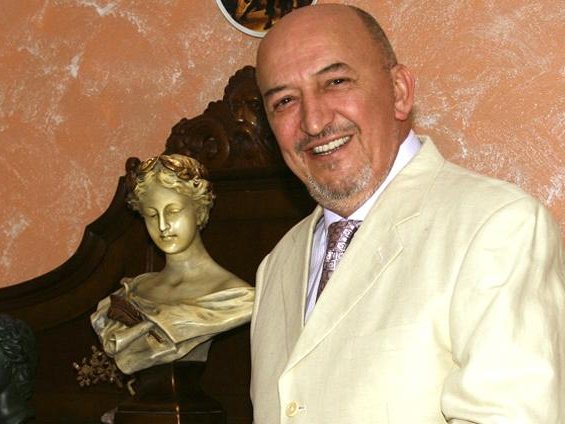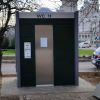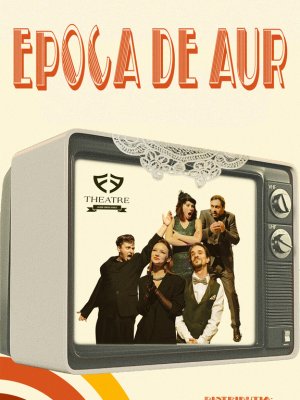Crin Halaicu: Achievements and failures of Bucharest’s first post-revolution elected mayor

By Bucharest Team
- Articles
In 1992, Bucharest was in desperate need of change. After two years of chaotic transition and mayors appointed by decree, the capital held its first democratic election for mayor. The winner was Crin Halaicu, a 40-year-old engineer representing the Romanian Democratic Convention (CDR). His mandate (1992–1996) was one of contradictions—filled with ambitious projects but also marked by the clear limits of a city still struggling to emerge from the shadows of socialism.
The city he inherited: crisis and improvisation
When Halaicu took office, Bucharest was in deep crisis. The infrastructure was in ruins: century-old aqueducts, unfinished apartment blocks left over from the Revolution, a collapsed public transport system. The City Hall’s annual budget was only $300 million (compared to over €2 billion today)—woefully insufficient for a metropolis in dire need of massive investment.
Notable achievements: from aqueducts to the first WTC
1. Infrastructure and housing
- Solved a major water shortage: construction of the North Aqueduct and the reservoir near Pache Protopopescu/Mântuleasa brought running water to neglected districts.
- Completed 16,000 unfinished apartments in the Unirii, Burebista, and Decebal areas.
2. Basic infrastructure upgrades
- Rehabilitation of sewage and district heating in central neighborhoods.
3. Modernized public transport
- Purchase of 300 DAF buses—the first modern vehicles of RATB—which ran until 2006.
- Restart of tram production in RATB’s workshops.
4. Urban development projects
- The JICA Plan: the first serious strategic development study for Bucharest, with support from the Japan International Cooperation Agency.
- Initiation of the General Urban Plan (PUG).
- Construction of Romania’s first World Trade Center (through a public–private partnership).
5. International relations
- Sister-city partnership with Atlanta (1993), and collaborations with Paris, Washington, and Istanbul.
- Bucharest’s entry into the Association of Francophone Capitals, under Jacques Chirac’s patronage.
Failures and criticisms: why he couldn’t change the city
Administrative issues
- Corruption and opaque bidding: land and contract allocations often contested.
- Limited funding: the small budget left many projects on paper only.
Controversial decisions
- Questionable priorities: investments in real estate projects (French Village, WTC) while basic infrastructure lagged behind.
- Lack of long-term vision: many initiatives were left unfinished after his term ended.
Disappearance from politics
After 1996, Halaicu did not run for re-election and withdrew into business. His only notable later appearance was a donation of 500,000 lei to the National Liberal Party (PNL) in 2009.
Halaicu’s legacy: a city between modernization and stagnation
Crin Halaicu’s mandate was the first step toward a post-communist Bucharest, but not a decisive leap forward. He laid the groundwork for some infrastructure projects, yet failed to attract the investments needed to truly transform the capital into a European hub. The DAF buses and the North Aqueduct remain symbols of a transitional era—when Bucharest was trying to reinvent itself but still lacked the resources and long-term vision to succeed.
Today, Halaicu is more of a faint memory—a mayor who came to power at a difficult moment, did what he could, but ultimately failed to leave a lasting imprint on the city. His only personal “monument” is a large property at the intersection of Crinului and Halaicu streets in Mogoșoaia, put up for sale in 2018 for €6 million.






























